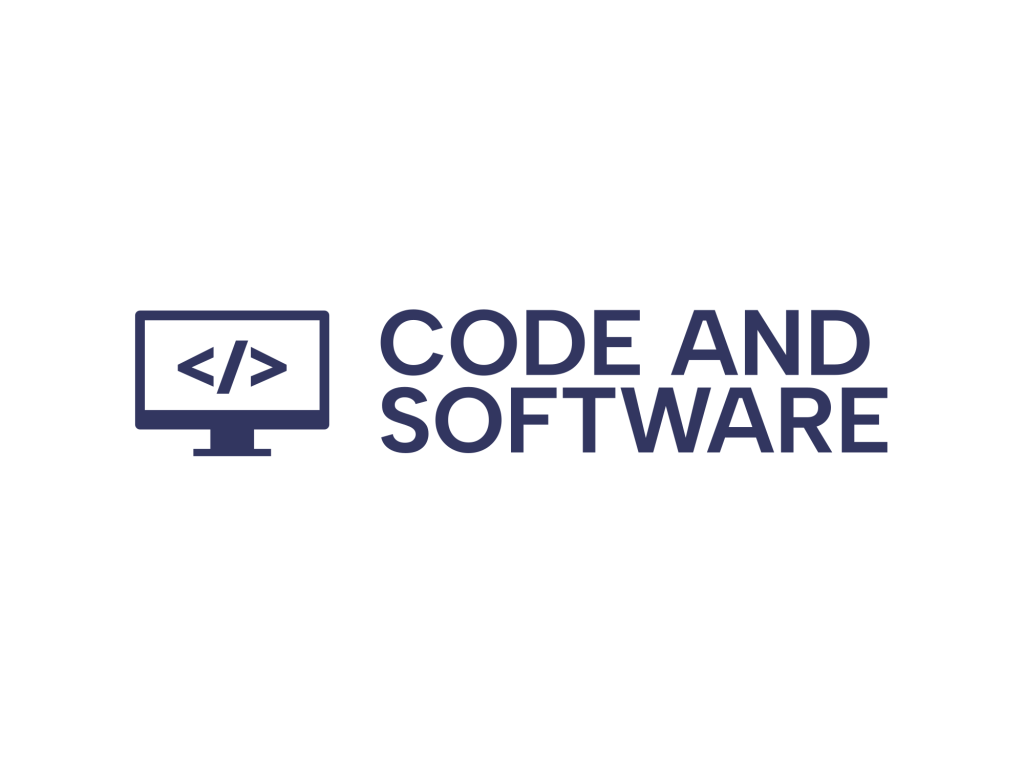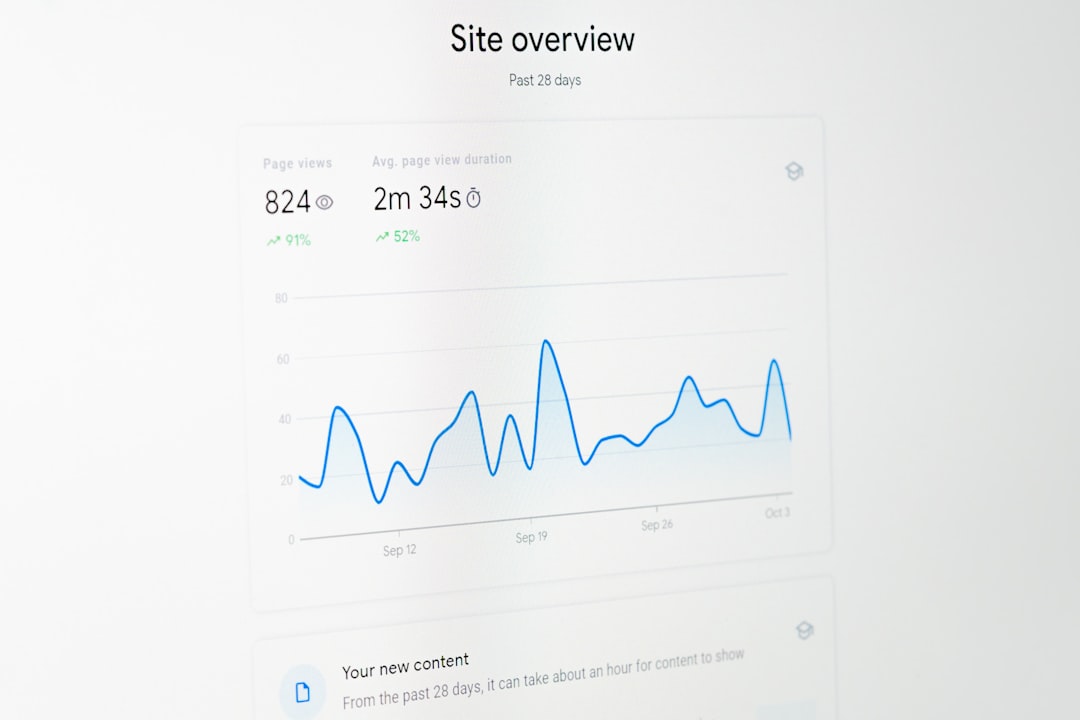In today’s rapidly evolving digital landscape, e-commerce businesses must constantly seek new ways to optimize operations, enhance customer experience, and streamline processes to stay competitive. One of the most effective ways to achieve this is by leveraging artificial intelligence (AI) technologies. Fortunately, you don’t need a massive budget to get started—several high-quality, free AI tools are available that can significantly boost the efficiency of your e-commerce website.
This article will walk you through the best practices and actionable steps to integrate free AI tools into your e-commerce platform for maximum productivity and performance enhancement.
Why Integrate AI into Your E-Commerce Website?
AI is no longer just a buzzword. When implemented strategically, it can automate redundant tasks, personalize user experiences, enhance customer support, and provide critical insights into buyer behavior. Even more impressively, free AI tools have reached levels of performance that rival many paid alternatives.
Here are some compelling benefits:
- Cost Efficiency: Many high-quality AI tools are available for free or offer robust free tiers.
- Scalability: AI-powered solutions can adapt effortlessly to increased workload as your business grows.
- Enhanced UX: AI streamlines functions like product recommendations, chatbots, search, and navigation, making your site more user-friendly.
- Informed Decision-Making: With AI analytics, you can uncover buying patterns and trends with precision.
Step 1: Identify Your Operational Bottlenecks
Before adopting any free AI tools, you must identify areas in your business that would benefit most from automation or optimization. Some common candidates include:
- Customer service response times
- Inventory management inefficiencies
- Ineffective product recommendations
- Low conversion rates on product pages
- Poorly targeted email marketing campaigns
Once you’ve pinpointed your pain points, you can focus your AI tool search on solutions that directly address them.
Step 2: Choose the Right Free AI Tools
There’s an abundance of free AI-based tools tailored specifically to e-commerce needs. Below are categories of tools along with specific examples:
1. AI-Powered Chatbots
Chatbots powered by natural language processing can answer common questions, reduce cart abandonment, and boost customer satisfaction—24/7. Popular platforms include:
- Tidio: Offers a free plan with chatbot capabilities integrated into major e-commerce platforms like Shopify and WooCommerce.
- Chatfuel: While originally designed for Facebook Messenger, it can be adapted using APIs for custom e-commerce applications.
2. Personalized Recommendations
Studies show personalized product suggestions significantly increase average order value. Some free AI tools offering this include:
- Segmentify (Free Trial): Allows small-scale shops to run AI-powered recommendations on a trial basis.
- Clerk.io (Freemium): Combines product recommendations, search, and email personalization in one platform.

3. Data Analytics and Reporting
Understanding your customers is key to serving them better. Free AI-driven analytics tools include:
- Google Analytics with AI Insights: Tracks visitor behavior and uses AI to predict churn or identify top-performing content.
- Zoho Analytics (Free Tier): Offers AI-powered data visualization and predictive modeling tools.
4. AI-Driven Content Creation
Automated content generation saves time and maintains consistency. Consider these tools:
- Copy.ai: Offers a free plan allowing businesses to generate product descriptions, ads, and social media posts using GPT-based engines.
- Jasper.ai (Trial): Useful for creating high-conversion landing pages and blog posts quickly.
Step 3: Seamlessly Integrate AI Tools into Your Website
Once you’ve selected the right tools, you’ll need to integrate them into your platform. Here’s how to do that efficiently:
- Identify Compatibility: Ensure that the AI tool supports your e-commerce platform (e.g., Magento, Shopify, WooCommerce).
- Use APIs or Plugins: Most tools offer APIs or ready-made plugins. Follow documentation closely to add them to your website.
- Test Thoroughly: Pre-plan various scenarios and monitor real-time interaction logs to eliminate friction points.
- Focus on UX: Make sure AI elements (chatbots, recommendations) complement the user experience rather than disrupt it.
Depending on your technical expertise or team bandwidth, you may want to consult a developer for the integration process.
Step 4: Monitor Performance and Optimize
After deployment, continual testing and optimization are critical. Keep track of how these AI elements are impacting metrics such as:
- Time on page
- Cart abandonment rate
- Customer satisfaction scores
- Email open and click-through rates
Most AI tools offer dashboards that display performance data. Use A/B testing and heatmaps to drill down further into user behavior. Free tools like Hotjar or Microsoft Clarity can prove invaluable in these cases.

Step 5: Scale as You Grow
Free AI tools are ideal for testing and initial implementation, but as your business scales, you may need to explore premium options offering greater customization, higher limits, and better customer support. Many tools provide seamless upgrade paths.
To prepare for scaling:
- Keep documentation of all AI integrations performed.
- Track usage limits of free tiers to avoid service interruptions.
- Compare ROI across tools to identify which versions justify upgrading.
Common Pitfalls to Avoid
While integrating AI tools can offer immense benefits, some pitfalls must be avoided:
- Relying Solely on AI: Human oversight is still essential—AI helps, but doesn’t replace strategic judgment.
- Ignoring Data Privacy Regulations: Always ensure that AI tools comply with GDPR, CCPA, or other relevant policies.
- Overloading Your Site: Avoid layering too many AI components that may slow down your site or confuse users.
Conclusion
Free AI tools are no longer a distant luxury—they are practical, accessible, and surprisingly powerful. By thoughtfully selecting, integrating, and optimizing these tools, e-commerce brands can vastly improve operational efficiency, enhance user experience, and drive revenue growth. The key lies in identifying your business’s specific needs and aligning them with appropriate solutions. By doing so, you’re not just staying competitive—you’re preparing your e-commerce site for the future of intelligent digital retail.

